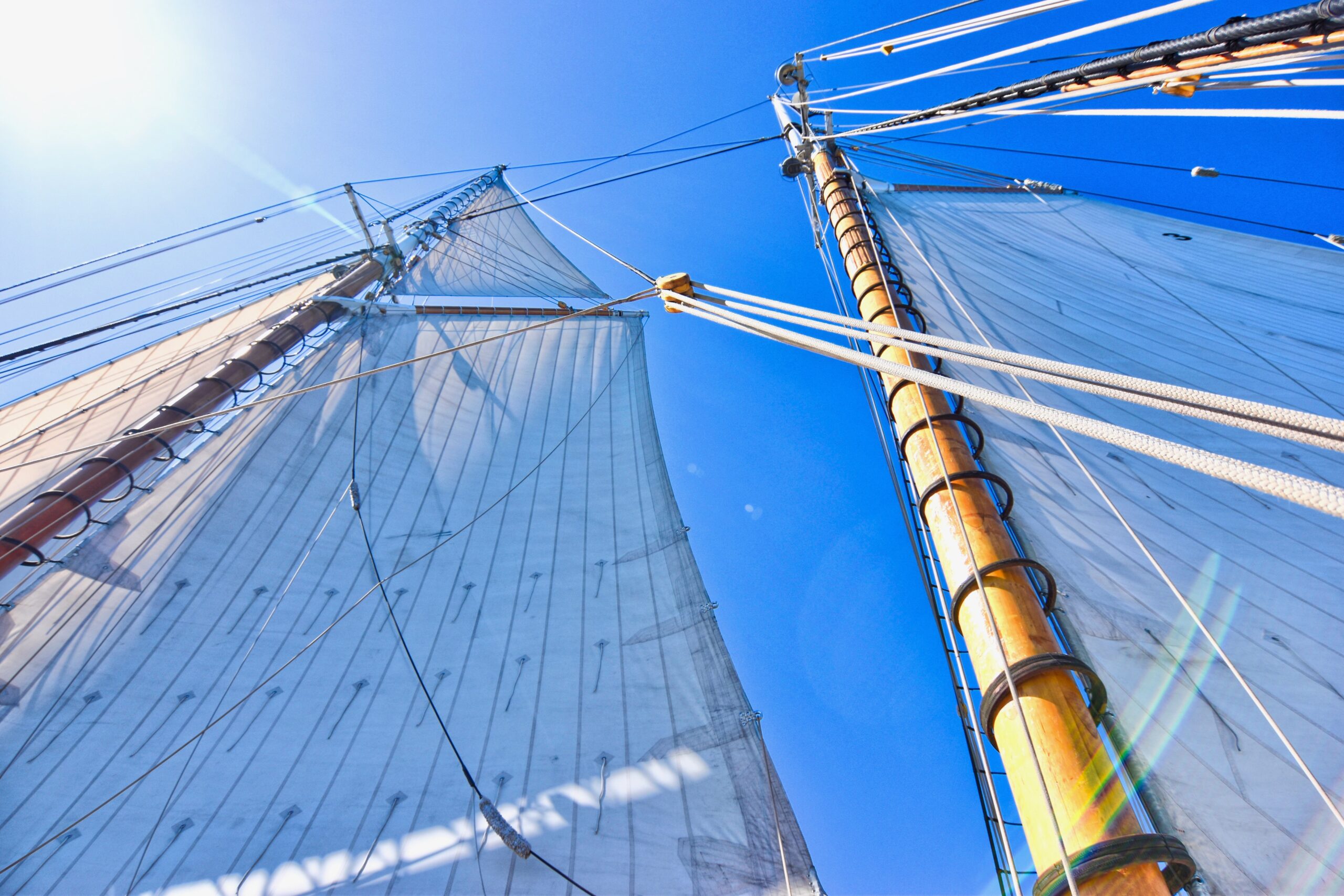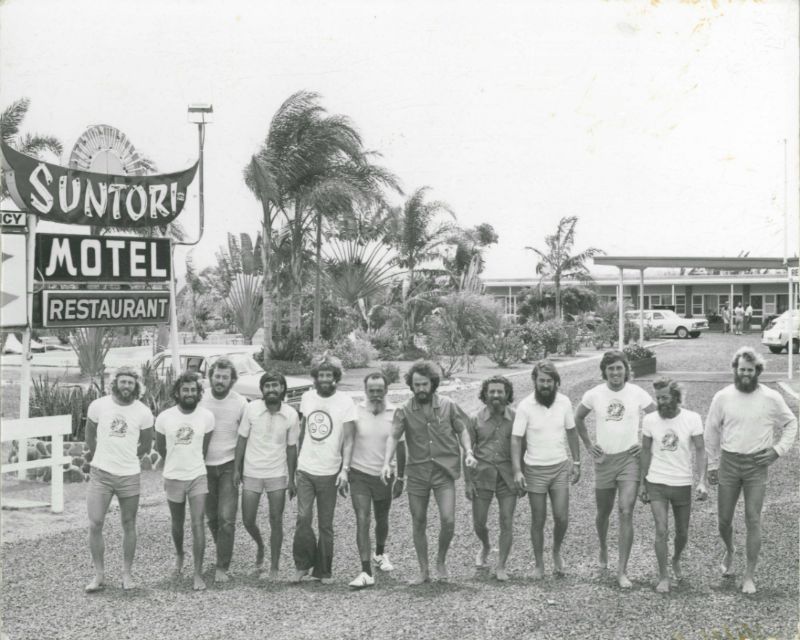Harbourpilots
The capricious Ballina bar crossing has long been the bane of ship’s captains and navigators. In his 1997 study “Shipwreck Heritage of the Richmond River”, Mike Richards lists some eighty- eight vessels which had come to grief on the bar dating back to 1844 when the sloop Northumberland was wrecked. By a strange quirk of fate or plain bad-luck her namesake the Schooner Northumberland fell foul of the bar the following her. By a stroke of providence no lives were lost.
In those early days the river crossing from the open sea was much different to present days which now see it somewhat but not completely tamed by the breakwater walls. The original river mouth stretched from Light House Point in the north to roughly the position of the south wall. Sandbars were continuously on the move with channels opening and closing in time with weather and tides.
Ships arriving in the first years of settlement relied on the skill and daring of their crews. Boats were often lowered and the bar crossing sounded for depth before attempting to make their way in. Given the shallow nature of the crossing entrance was restricted to smaller vessels and in adverse weather conditions these sail powered ships often had to stand off shore till time and tide favoured them. For a growing settlement with an ever- growing volume of trade going in and out this was a major difficultly.
The arrival of the first steam tugs on the river was a great improvement. Ships were able to anchor off shore and signal their intention to cross the bar. Captains such as Tom Fenwick, William Yeager and William Yabsley would then meet them at the bar and tow them across. Even with their extensive local knowledge this was a risky process and ships still foundered. The tugs themselves were not immune from disaster. Fenwick’s tug Protector being lost on the bar in one such attempt. In addition, a government tug was in action on the river.
In 1852 community leaders of the fledgling settlement petitioned the State Government for the appointment of a full time Pilot Service for the Port of Richmond River. They cited the constantly changing nature of the bar and loss of life as evidence that such a service was required. Being folk with and interest in the development of trade and industry they also drew the attention of government to the increasing costs of shipping, in particular the rising cost of insurance for cargo and vessels making the crossing.
The first pilot appointed to oversea the movement of shipping was Capt. George Easton in 1859. His duties included making a daily sounding of the bar and its shoals. As well as guiding ships through the safest passage, Easton would with his crew row out to the bar entrance and by use of a megaphone relay his instructions. Often this was dangerous in rising seas and strong tides. The appointment of a Pilot while doing much to improve safety could not tame the seas and in his daily log Easton wrote on one occasion, “six ships in sight, unable to get in”. He also notes a number of steamers staying out to sea and not attempting to cross at all.
Pilots were drawn from the ranks of those who had extensive nautical experience and a spirit of adventure in the face of adversity. Captain Julius Johnson who served for a time as Pilot was a man of such stuff. A veteran of the coastal shipping trade and highly experienced he was awarded the National Shipwreck Sailors Society of NSW award for saving lives at sea. Prior to his stint as River Pilots he was the victim of a shipwreck near Byron Bay and is said to have walked to Ballina to secure assistance.
Sir John Goode completed an examination of the bar crossing and filed a report to parliament in 1885. He recommended that despite the best efforts of the pilots the continually shifting bar was a hazard and shipping was being lost. His report recommending the building of the break waters was accepted two years later. However, it was not till 1892 that quarries were opened and construction began. The final stages of work on the north wall not being concluded till 1905.
Meanwhile the valiant river pilots worked on, with each passing year and successive pilot the nature of the work changed but the time and dedication required did not.
The motor life boat PV Richmond reached Ballina on the afternoon of May 4, 1932. She was motored up the coast with Captain Lyttle in command and Jack Busch as boatman. True to form the bar was not to surrender lightly. The sea being too rough to make a crossing on the afternoon of the first attempt. When she did make it in her arrival was marked by “patriotic addresses” by the mayor and other dignitaries. The day being near the celebration of Empire Day.
In later years the importance of the Port of Ballina diminished until finally Cpt. Ron Hollicks became our last pilot to see service on the river. Without the valiant service of the many dedicated pilots based in Ballina it is unlikely that the town of Ballina would have developed to the extent it has today and many lives and much property would have been lost on the bar.
The PV Richmond is on display outside the entrance to the Ballina Naval & Maritime Museum and inside we have a comprehensive exhibit featuring the diaries and daily logs of our river pilots.





